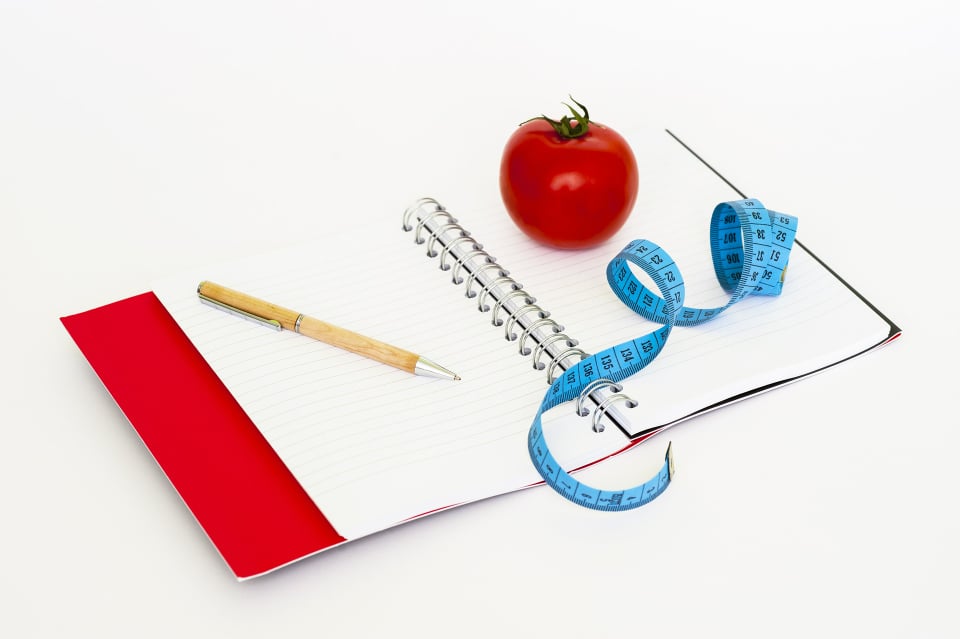Insulin is a hormone made by the pancreas. When we eat, the pancreases releases insulin into the bloodstream. Our body breaks down carbohydrates that we eat into glucose, which is a type of sugar. The glucose is then absorbed through our gut wall into our bloodstream. As our blood glucose levels rise, it signals to the pancreas to release insulin. The insulin then allows our cells to absorb the glucose that is in the blood. The cells use this glucose as energy. Insulin is also involved in the breaking down of fats and protein.
If we don’t produce enough insulin, or if we don’t use it efficiently, our blood sugar levels build up and our cells don’t get the energy that they need from glucose. So the more glucose in our blood, the more insulin we need to balance these levels.
When your cells don’t respond well to insulin, they are unable to easily receive the glucose from your blood. The pancreas then tries to fix this by making more insulin to help the glucose get into the cells. Insulin resistance is the term used to describe this, where the cells aren’t responding well to insulin, and can’t easily receive glucose to use for energy.
So insulin is a bit like a delivery guy, trying to deliver a parcel, the glucose, to our cells. Insulin resistance is when our cells ignore or resist this delivery, resulting in too much glucose staying in the bloodstream. As I mentioned before, the body then tries to counteract this by producing more insulin. If this goes on long enough, the body is unable to make enough insulin to maintain normal blood sugar levels and you can develop diabetes and many other issues.
Insulin resistance is usually triggered by a combination of factors including abdominal obesity, high triglyceride levels, high fasting blood sugar levels, high blood pressure or low HDL cholesterol. Other potential risk factors can include age, race, family history as well as if you have cardiovascular disease, non alcoholic fatty liver disease, PCOS, and a history of gestational diabetes. Some people with insulin resistance might have darkened patches of skin especially in the armpit area or the back and side of the neck, and they might have skin tags.
Some clues that our blood sugar levels aren’t being managed well can include symptoms such as fatigue, low energy levels, sugar or carbohydrate cravings, excessive thirst, weight fluctuations, increased urination, mood swings, jitteriness, blurred vision, slow wound healing, frequent infections, tension headaches and trouble exercising.
The best thing we can do to help with insulin resistance is to change our lifestyle. Avoid processed, packaged, additive and preservative filled foods, artificial sweeteners, diet drinks, refined carbohydrates, sugars, trans fats and alcohol. Eat real food! Eat a rainbow of colourful wholefoods and include fish, fruits, vegetables and legumes in your meals. Limit carbohydrates, eat enough healthy fats and protein with each meal.
Quit smoking. Do some resistance training especially to help reduce weight around the waist area. Be active in general. manage your stress. If your cortisol levels (a stress hormone) are elevated this can interfere with how insulin is used in the body. Ensure you get enough sleep. If you are well rested you are able to keep up with healthier choices. Lack of sleep can raise your stress levels too, as well as ghrelin, an appetite hormone that makes you feel hungry. If you need any further support please reach out. You can book an appointment here. I would love to support you to improve your health.
